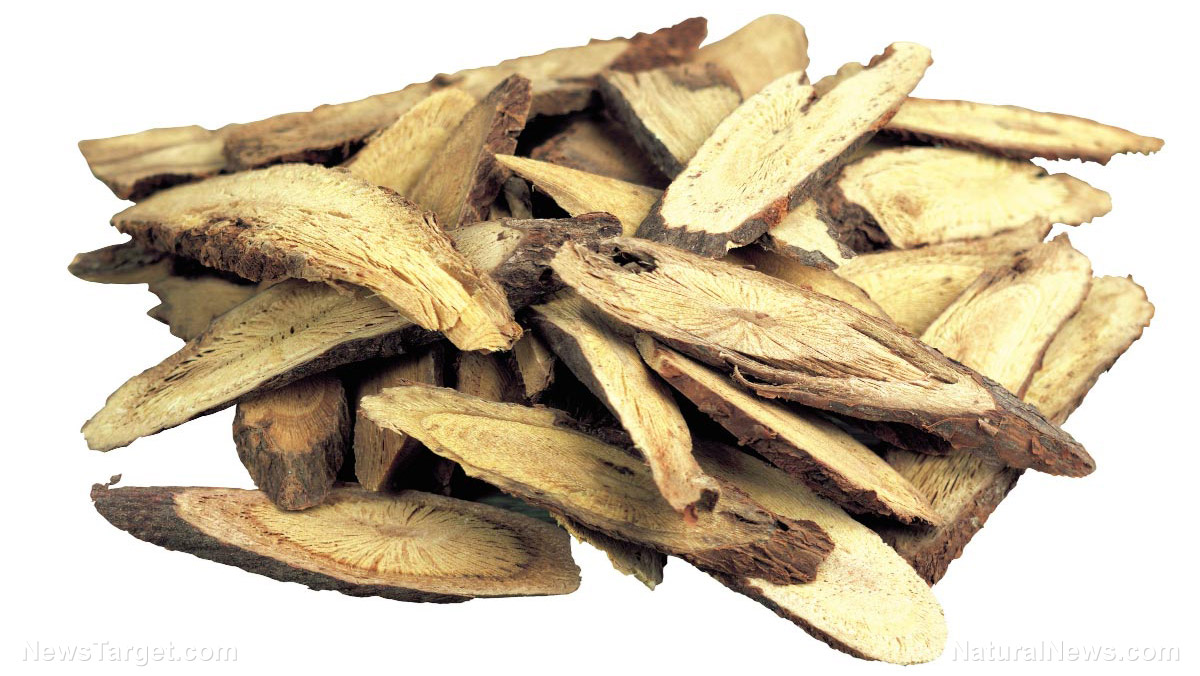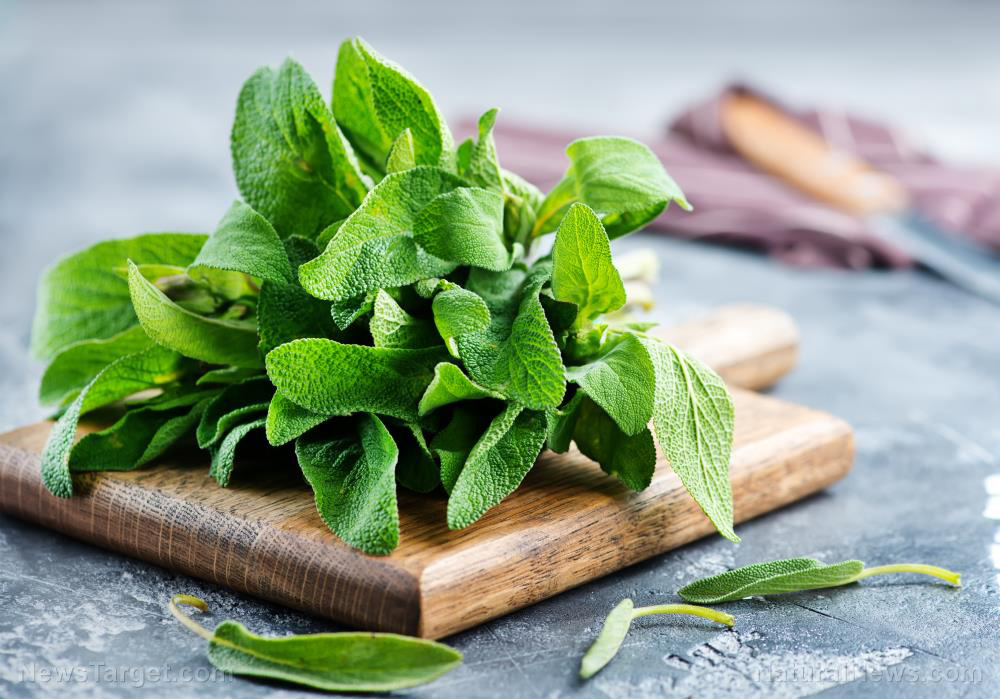
Advertisement
Good oral health translates to good overall health. After all, dental problems like cavities can affect your ability to eat and speak properly and can even cause pain and bad breath. Our ancestors certainly understood that, which is why they used effective natural ingredients like licorice root to keep their gums and teeth clean.
Licorice root has a long history of use as an herbal medicine. The ancient Egyptians, Chinese and Indians used it to treat various ailments, including lung and kidney diseases. Chewing on licorice root was also said to help prevent tooth decay.
Thousands of years later, studies are giving credence to the use of licorice root for maintaining good oral health. Experts have found that powerful compounds in licorice root called chalcones have antibacterial properties that can help reduce the growth of bacteria associated with cavities, gum disease and other dental problems.
Licorice root for optimal oral health
Licorice root contains compounds called chalcones, which are known for their antibacterial properties. Studies have shown that chalcones display excellent antibacterial activity against Streptococcus mutans.
S. mutans is a bacterium that naturally forms inside our mouths. It can build up on the surfaces of teeth and is the main contributor to tooth decay and cavities. Experts believe chalcones work by stopping the activity of an enzyme needed by S. mutans to attach to surfaces.
Aside from chalcones, licorice contains two compounds that may help prevent tooth decay and gum disease, namely, licoricidin and licorisoflavan A. These compounds are thought to suppress the growth of cavity-causing bacteria, specifically S. mutans and S. sobrinus.
Licoricidin and licorisoflavan A have also shown potential to inhibit the growth of bacteria that are typically associated with gum disease. These bacteria include Porphyromonas gingivalis, Prevotella intermedia and Fusobacterium nucleatum.
More recently, scientists have been studying the effectiveness of sugar-free lollipops containing licorice root extract against cavity-causing bacteria. In a pilot study, researchers gave children sugar-free lollipops containing licorice root extract. The children, who were at risk for cavities, sucked on two lollipops a day for three weeks.
The researchers found that the level of S. mutans in the children’s saliva decreased and remained that way for 22 days.
In another study using licorice root extract lollipops, participants of different ages sucked on two lollipops a day for 10 days. The researchers found that the amount of S. mutans in their saliva also greatly decreased thanks to licorice.
To use licorice root, you can either chew on pieces of the root or gargle with lukewarm licorice root tea.
Considerations when using licorice root
Licorice root is generally considered safe as an ingredient. However, it may cause some serious side effects like increased blood pressure and water retention when consumed in large amounts or for long periods of time.
Licorice root can cause high blood pressure because it contains a compound that depletes potassium. Potassium helps relax blood vessel walls for better circulation and healthy blood pressure levels. Therefore, people with high blood pressure or heart disease should first consult a healthcare professional before consuming licorice root and its derivatives.
Potassium also helps prevent water retention by lowering sodium levels and increasing urine output. Since licorice root can deplete potassium levels, consuming it in excess may cause water retention.
Licorice root should also never be consumed when pregnant because its active compounds can increase the risk of miscarriage by affecting hormone levels. Breastfeeding mothers should also avoid licorice root.
Recipe for licorice root tea
Licorice root makes a sophisticated ingredient, with a mild herbal taste reminiscent of anise and fennel. It’s available as both woody roots or as a finely ground powder. The powder can be added directly to recipes. Meanwhile, the root, which gives off a strong aroma without needing to be heated, can be used to flavor salt cures and sugar.
Hard, woody licorice root imparts the most flavor when steeped in hot liquid. So if you want to infuse your tea, sauces and syrups with a mild anise note, add licorice root. You can increase the intensity of the flavor by adding more licorice roots or by increasing the amount of time that they are steeped in the liquid.
If you haven’t tried licorice root before, here’s a simple recipe for licorice root tea to get you acquainted with it. Don’t drink more than three cups of licorice root tea to avoid side effects.
Ingredients:
- 1 cup filtered water
- 2 teaspoons dried licorice root, chopped into 1-inch pieces
- 1 teaspoon raw honey (optional)
Directions:
- Bring the water to a boil in a small pot.
- Add the licorice root pieces. Turn off the heat and let the roots steep for 5 to 6 minutes.
- Strain and discard the roots. Add raw honey if desired. Serve and enjoy.
Licorice root can help keep your teeth and gums healthy by fighting cavity-causing bacteria. Just consume it in moderation to avoid side effects.
Sources:
Advertisements







